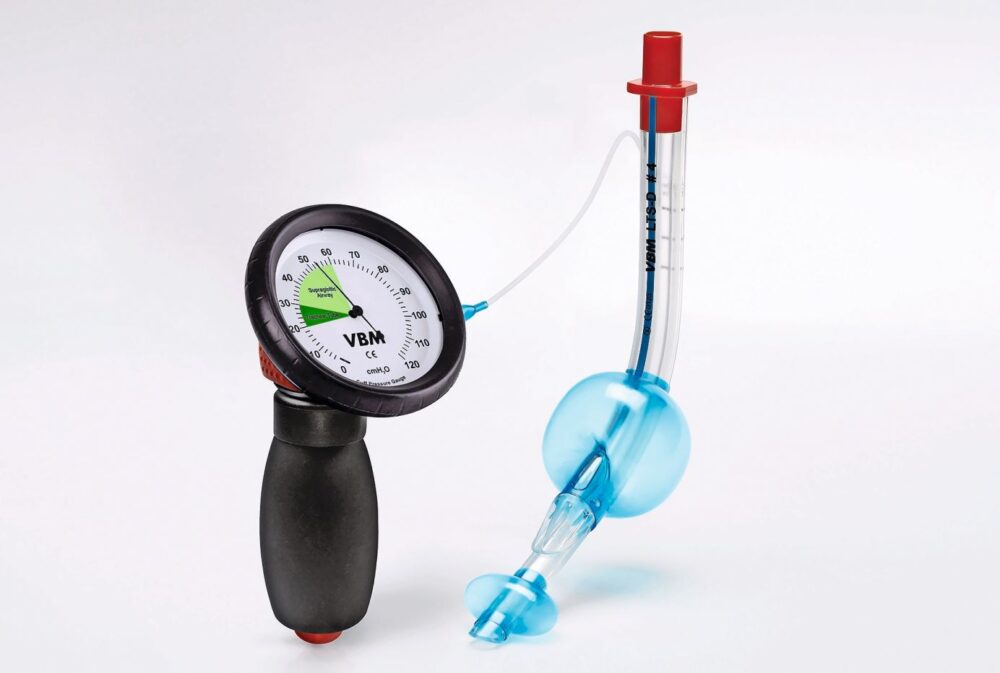Screwing processes under control
A faulty bolted joint can cause machine downtime, production losses or safety risks. The measuring and testing devices used are crucial for reliability: they must be stable, reproducible and process-tolerant. The new draft of VDI/VDE 2645 Sheet 1 supports the safe use of measuring equipment.

The capability testing of machines used in screwdriving technology is a comprehensive challenge that should not be underestimated for any company operating in this field. The new draft is part of the VDI/VDE 2645 series of guidelines "Capability testing of screwdriving technology machines", which is divided into three sheets: Sheet 1: Measuring device capability, Sheet 2: Machine capability testing and Sheet 3: Process capability testing.
The Sheet 1 therefore focuses on measuring devices. The requirements are aimed at measuring and testing devices that are used to monitor measuring equipment at the bolting point (e.g. testing systems), that are used directly at the bolting point (e.g. inline sensors, torque/angle wrenches) and that are used for the MFU/sampling testing of assembly tools (e.g. rotating sensors).
The core of the specifications is the measuring device capability test: measuring and testing devices may only be used in the screwdriving process if stability, process tolerance and reproducibility have been verified. This ensures that quality deviations are detected at an early stage before they cause high costs or safety-critical errors.
The VDI/VDE 2645 Part 1 E guideline was published as a draft in June 2025 and can be ordered for EUR 117.10 from Din Media can be ordered.
Source: VDI









